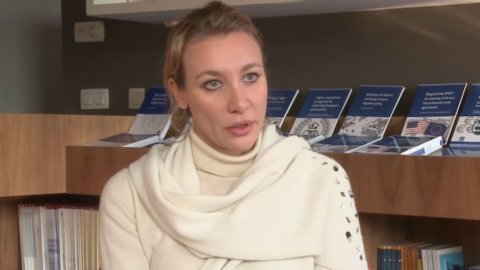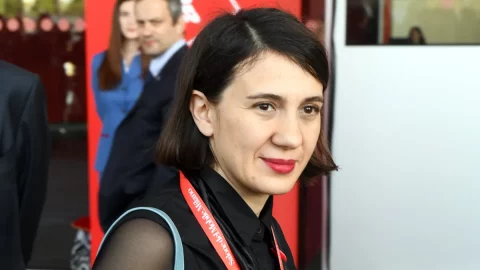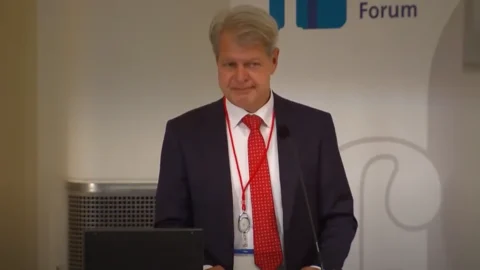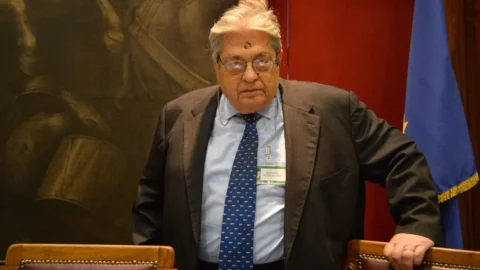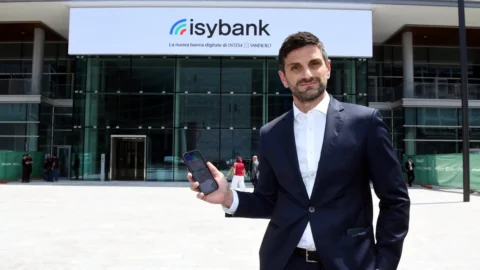Master and doctorate at the London School of Economics, economist at the Bruegel study center in Brussels and lecturer at the University of Udine. You and 'Benedicta Marzinotto, the character of the day, in relation to yesterday's agreement by European leaders on the new Marshall Plan for the rescue of Greece.
In February 2011, one of his publications, then presented to the Commission, proposed to release the structural funds for cohesion, in order to support the recovery of the Greek economy with new infrastructures: 12 billion euros already pre-allocated to Athens but blocked pending co-financing Greece and which, on the other hand, if released, could offset the negative effects of fiscal consolidation by relaunching growth in the Greek country. The proposal reaches the president of the European Commission Jose Manuel Barroso, who makes it his own. It then reaches the Member States, many of whom declare themselves in favour. Until yesterday, when in Brussels, in the delicate summit between European leaders, even if the amount is reduced to one billion euros, the approval and denomination of "new Marshall plan for Greece" arrives.
The spotlights are turned on to the young Italian economist. Corriere della Sera was the first to mention it. Firstonline contacted you to ask you a few questions:
Dr. Marzinotto, your proposal was accepted by the summit of heads of state and government of Europe. The new Marshall Plan for Greece has Italian origins. Did you expect this clamor?
My proposal was presented to the press in Brussels as early as February and since then it has started circulating and gaining more and more credit within the institutions, not least the European Parliament, which was interested in it and where I presented the work to May.
Can you briefly tell us the gist of your proposal? How was she born? What process did he follow?
In the dark months of the Greek crisis there was no talk of supporting growth in a country that was on its way to long years of austerity. My proposal was intended to fill this gap in the debate. The idea is actually very simple and proposes drawing on the huge structural funds that Greece still has at its disposal (currently around 12 billion euros) to quickly launch projects of medium-term investment from infrastructure to improving the quality of human resources. Normally the funds already allocated to individual countries are distributed at the end of the project and once co-financing by the Member State has been secured. I proposed a stronger role for the Commission in the selection of projects to be financed and a possible suspension of the co-financing rule.
However, the approved plan speaks of the use of structural and cohesion funds for one billion euros. What happened to the remaining 11?
The numbers are not important at this point. It is the idea of intervening aggressively in supporting growth which is new and positive. Greece has in fact available up to 2015 (2013+2) 12 billion euros. The Commission evidently prefers to proceed step by step and free up resources year after year, also to give legitimacy to the disbursement which must appear each year in the Community budget and then be approved by the European Parliament.

